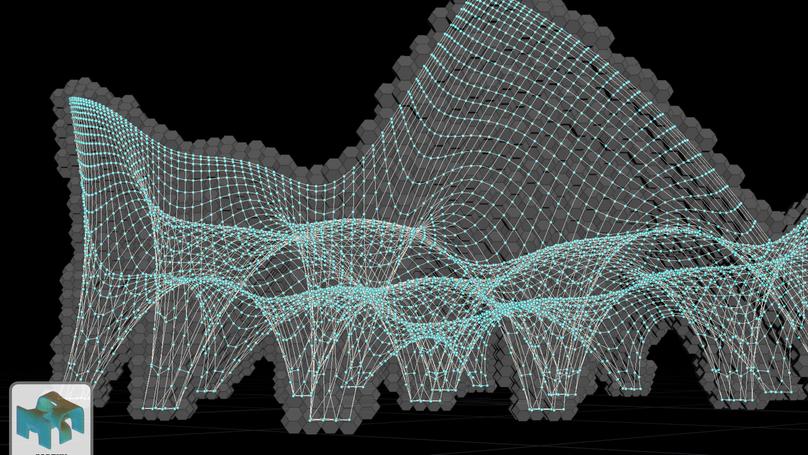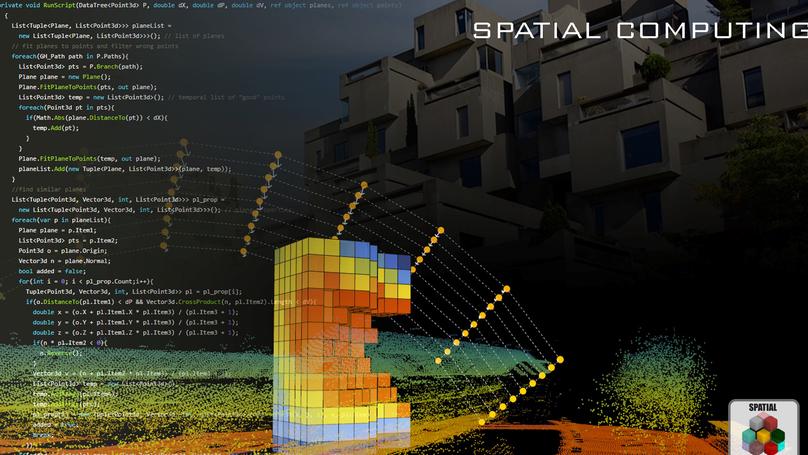Generative Design Courses

This course is led by Dr. Mila Koeva suitable for all specializations of ITC and students from UT (e.g., Civil Engineering, Computer Science, or Creative Technology). It aims to provide the student with knowledge of different 3D city/building modelling methods (as a base for Digital Twins), based on geospatial information. The students will be given the opportunity to practice with a variety of applications (e.g., GIS, BIM, image-based, gaming, or Virtual reality and Augmented reality) to develop and interpret their own 3D city/building model. To achieve this, theoretical and practical activities where the student can learn different 3D city/building modelling techniques and methods, used in a variety of applications, based on geospatial data are used. The student will have the opportunity to work on a 3D modelling/Digital Twin assignment. In this course, Pirouz from Genesis Lab teaches 3D geospatial modelling with Python for solar analysis.

In this course, students learn computational methods for spatial configuration, design, and construction of a settlement for displaced communities (e.g. refugees, victims of natural disasters), focusing on high-tech design for low-tech construction with earth (earth architecture), possibly together with decently recycled/reused waste materials (earth-ship architecture), relying on local labour, low-energy content, passive climatic design strategies, and maximum circularity of the materials. Computationally exploiting the relations between natural material properties, architectural geometry, and structural performance will be central to this course.

The new generation of architects will be expected to improve the quality and the performance of existing and new buildings in face of new environmental, social and economic challenges, such as providing affordable quality houses at a mass scale. This often requires formulating and solving multi-disciplinary design and decision-making problems in a collaborative setting. However, the fundamental question is “How do we know if our interventions or designs will yield better results?” In other words, can we model, analyse, simulate, and evaluate the functioning of buildings? How can we improve the sustainability, affordability, and quality of buildings in quantifiable ways, and validate our design assumptions? To effectively deal with complex multi-disciplinary problems, computational approaches need to be utilized to structure and/or automate analysis, synthesis & evaluation procedures required for optimization and systematic decision-making in the design process.